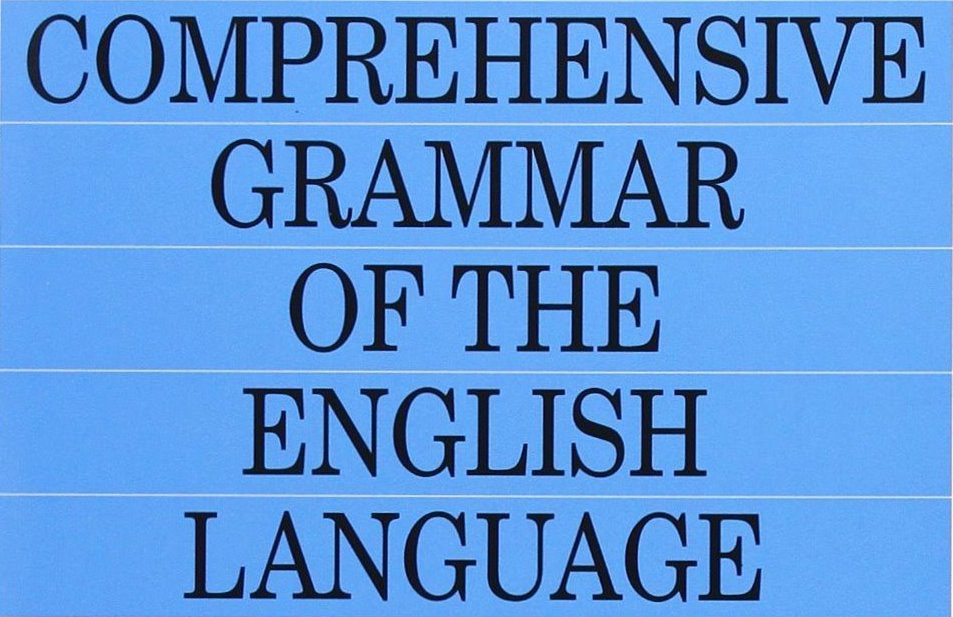from Comprehensive English Grammar http://ift.tt/1nQZ9Bf
via IFTTT


Comprehensive Grammar English Classes in Mulund
Talks about comprehensive grammar knowledge on English Language Internationally


Comprehensive Grammar English Classes in Mulund
Talks about comprehensive grammar knowledge on English Language Internationally
from Comprehensive English Grammar http://ift.tt/1nQZ9Bf
via IFTTT